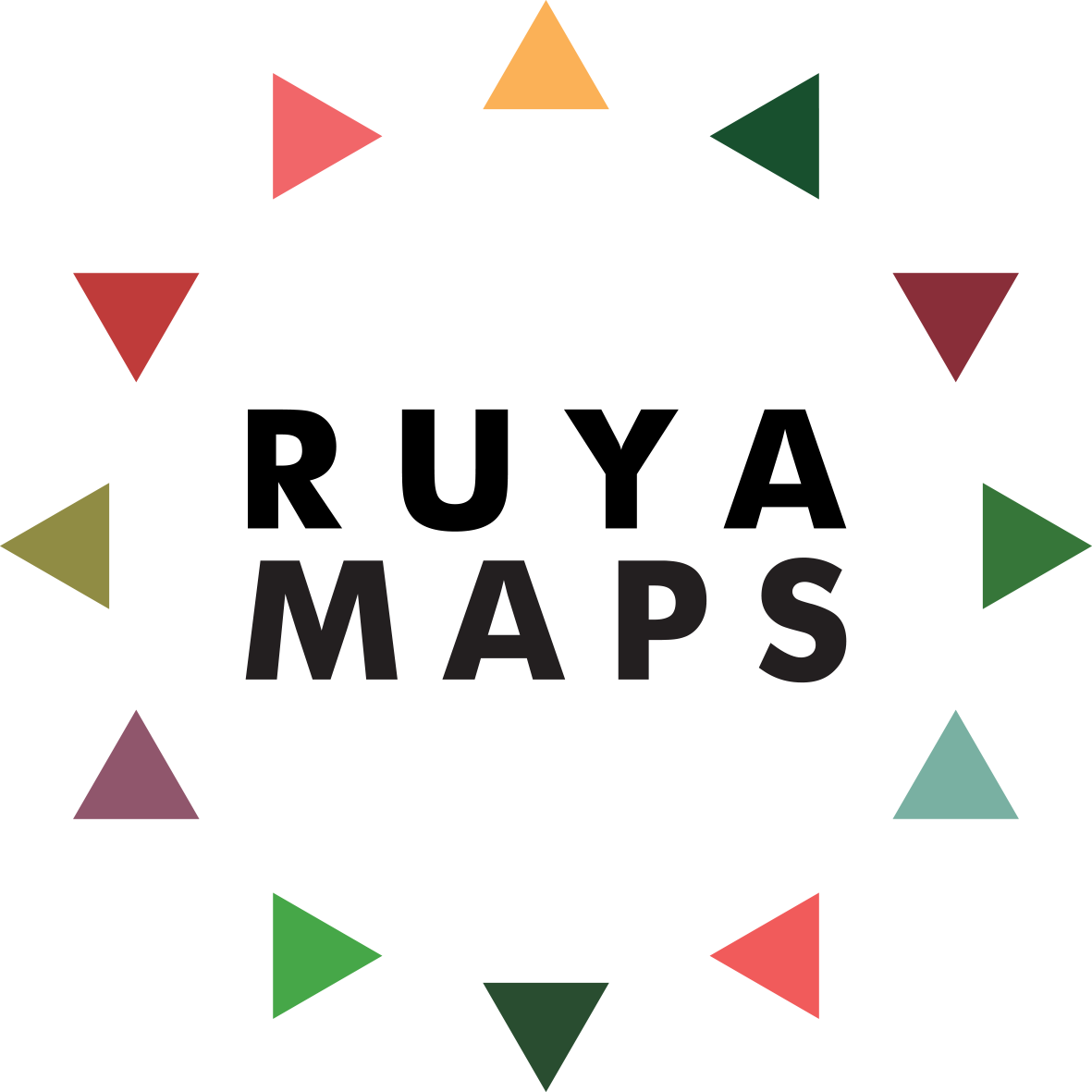Heartbreak Q&A Chain - Imad Issa
The Heartbreak artists Q&A chain is a mini-interview series with the nine contemporary artists exhibiting in Heartbreak. Each interviewee raises a question from their own interests, which the next interview follows up on, approaching from their own perspective. Together, these linked interviews form a 'chain' that collectively asks, and answers, questions that cover a diverse range of topics: from artistic practice to the effects of geopolitics.
How does a sense of place influence your work?
Imad Issa: “What shall I say; a moldy country, corrupted rulers who buried their heads in the ground and this is what their hands made… The challenge is to change what was built on corruption, but it’s useless to try. What can I say about the voided place that I was left in.
Instead, I found a beautiful, digital, space on my computer. I live it while smoking my cigarette and having my virtual cup of coffee. I run away in my subconscious, reaching un-ruined natural places. I feel and smell roses, lemon blossom, and pine in the green fields. I’m preparing the scene with elements that bring life back, breaking the deadlock and the skies with pure clouds, clear as mother’s love.
Suddenly, a car passed by, breaking the vision. The virtual work is nice for me, for you, and for life…”
When have you experienced heartbreak?
Füsun Onur: “When I lost my father at the age of eleven-twelve.”
When have you felt most helpless in life?
Talar Aghbashian: “From today’s news, to the events that load the weight of our history, it is easy to feel powerless against the power hungry, and the media machine, where fictional apocalyptic stories are worryingly similar to our everyday lives. However, the life of an artist is not one of hopelessness or surrender. The fragility of memory following these events of war and plunder, calls for a pressing need of representation. An attempt to give shape to these events and open up to an alternative narrative.
Painting slows down time for that which matters, and asks for those who seek it, to take time too in looking, offering a breath of much needed freshness. This offers some sanity against the fast media driven world we live in. Playful and serious, faded and present, this is the honest dance that constitutes the make-up of a painting. Indeed, I would feel most helpless if I was not able to make my paintings. Central to my work is the landscape, it represents a place of exploration, and at the same time it signifies displacement, loss and longing. It is both a place of pain and healing.”
How important are the materials you use in representing your work and ideas?
Maryam Hoseini: “Everything can be used as a material. Through the process of painting, colour becomes the tool and gets manipulated. The materiality of the paint itself gets lost through the superimposition of layering and paint.”



